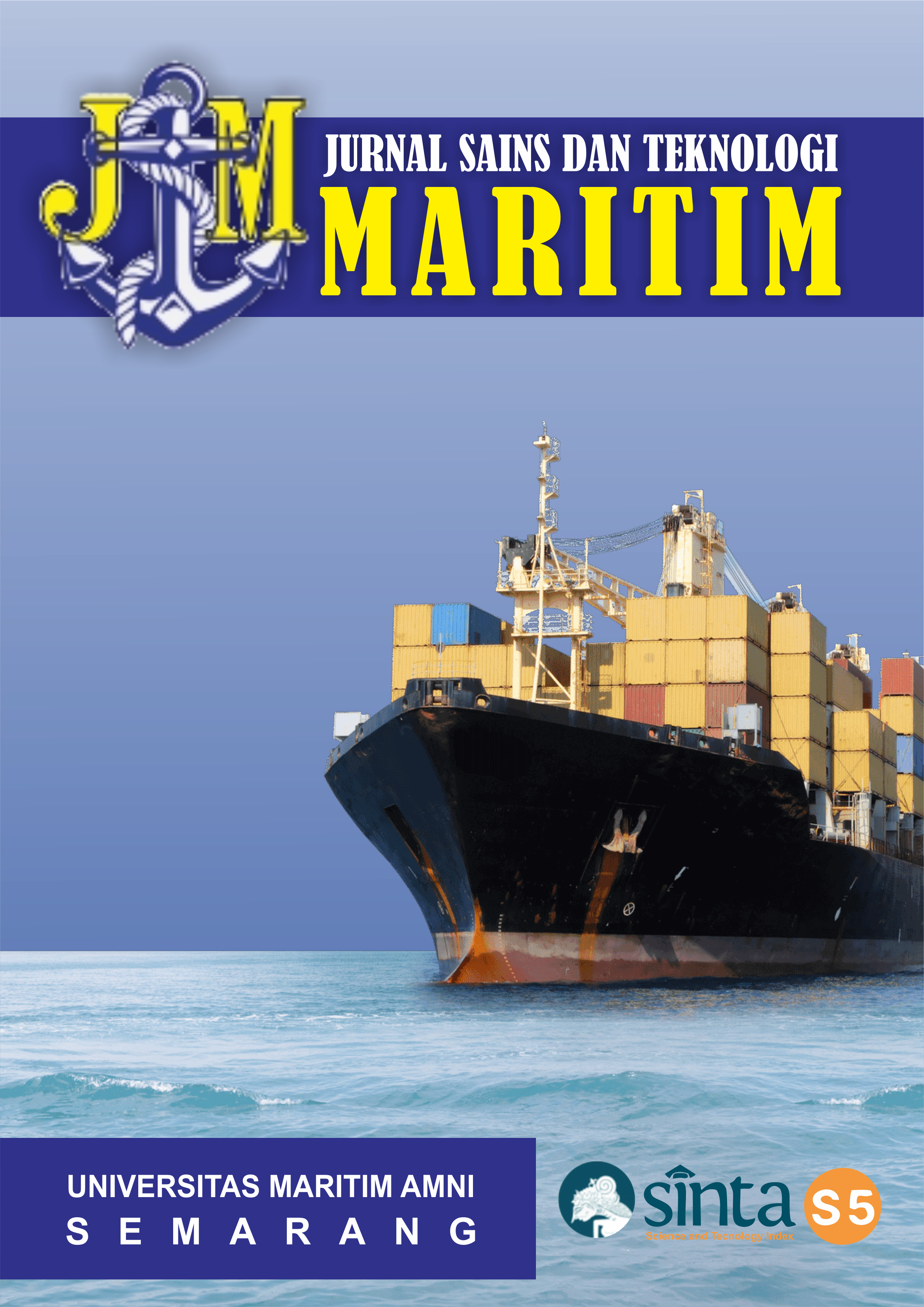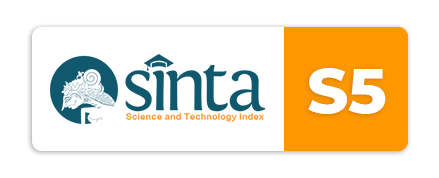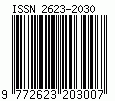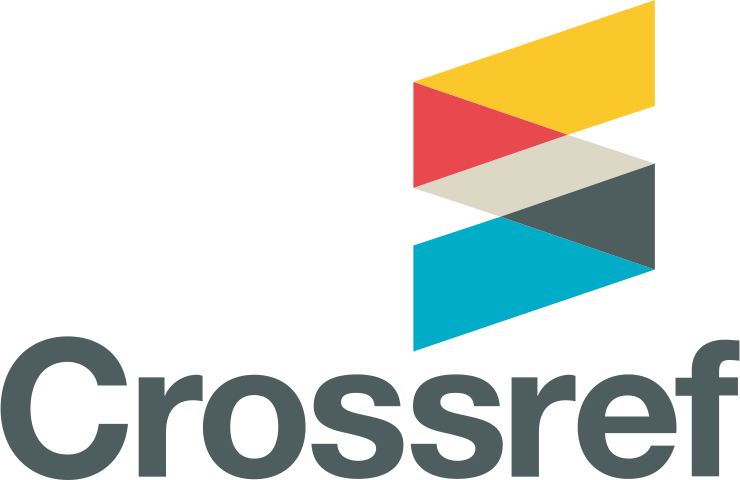PENGEMBANGAN MODEL MATEMATIKA LAJU KOROSI ALUMINIUM 5083 PADA KAPAL CEPAT RUDAL 60 METER
DOI:
https://doi.org/10.33556/jstm.v25i2.460Abstract
Kapal Rudal Cepat 60M (KCR 60M) sering kali menghadapi tantangan korosi yang dapat membahayakan kekuatan dan ketahanan materialnya, khususnya aluminium 5083. Meskipun memiliki ketahanan korosi yang tinggi, aluminium 5083 tetap rentan terhadap korosi galvanik dan korosi lubang di lingkungan laut. Studi ini mengembangkan model matematika berdasarkan persamaan diferensial untuk memprediksi laju korosi aluminium 5083, dengan mempertimbangkan variabel-variabel seperti konsentrasi ion korosif, molaritas oksigen, dan laju oksidasi. Analisis stabilitas dilakukan untuk memastikan stabilitas sistem, dan simulasi numerik digunakan untuk memvalidasi prediksi model. Hasilnya menunjukkan bahwa sistem tersebut stabil di berbagai parameter, dengan model yang memberikan prediksi risiko korosi yang akurat. Penelitian ini berkontribusi pada strategi mitigasi korosi yang lebih efektif dan meningkatkan masa pakai kapal, khususnya dalam aplikasi maritim yang keras.
Downloads
Published
Issue
Section
License
Authors who publish with this journal agree to the following terms:Authors retain copyright and grant the journal right of first publication with the work simultaneously licensed under a Creative Commons Attribution License that allows others to share the work with an acknowledgement of the work's authorship and initial publication in this journal.
Authors are able to enter into separate, additional contractual arrangements for the non-exclusive distribution of the journal's published version of the work (e.g., post it to an institutional repository or publish it in a book), with an acknowledgement of its initial publication in this journal.
Authors are permitted and encouraged to post their work online (e.g., in institutional repositories or on their website) prior to and during the submission process, as it can lead to productive exchanges, as well as earlier and greater citation of published work (See The Effect of Open Access).







